Description
This one-pound collection delivers approximately 280 bright, colorful craft buttons in assorted sizes and shapes, each measuring about one inch in diameter. These durable plastic buttons feature flat backs that make them easy to glue onto surfaces, while their vibrant colors and varied designs provide endless creative possibilities for homeschooling families.
The substantial quantity means you’ll have plenty of buttons for multiple children, various projects throughout the school year, and replacement pieces when inevitably some get lost in the couch cushions. These buttons work well for both quick daily activities and more elaborate long-term projects.
Key Features
Generous Quantity: With roughly 280 buttons per pound, families get excellent value for money and enough supplies to last through multiple school years.
Child-Friendly Design: The flat plastic construction makes these buttons safe for younger children while remaining durable enough for repeated handling and use.
Versatile Sizing: The approximate one-inch diameter hits the sweet spot for little hands to manipulate easily while being large enough to avoid choking hazards for appropriate age groups.
Vibrant Variety: The assorted bright colors and mixed shapes provide visual appeal and multiple sorting and categorization options for educational activities.
How Homeschoolers Can Use This Product
Math and Number Skills
These buttons excel as hands-on math manipulatives that make abstract concepts tangible. Use them for counting exercises with preschoolers, or create addition and subtraction problems by having children physically move buttons between groups. Older students can practice multiplication by arranging buttons in arrays, or work on fractions by dividing button collections into equal parts.
Pattern recognition becomes engaging when children arrange buttons by color, size, or shape sequences. Create graphing activities by sorting buttons into categories and building bar graphs or pie charts. The variety in the collection makes it perfect for teaching classification and data analysis skills.
Fine Motor Development
The size and weight of these buttons provide excellent fine motor practice. Younger children benefit from simply picking up and placing buttons, which strengthens the pincer grasp essential for writing. Threading buttons onto yarn or pipe cleaners develops hand-eye coordination and bilateral coordination skills.
Create button sorting trays using muffin tins or ice cube trays, encouraging precise placement that builds dexterity. The act of gluing buttons onto projects requires controlled movements that translate directly to improved handwriting and drawing skills.
Art and Creative Expression
Beyond traditional craft projects, these buttons open doors to three-dimensional art exploration. Children can create texture collages, design mosaics, or build sculptural pieces using buttons as building blocks. The bright colors inspire color theory discussions while hands-on projects reinforce learning.
Use buttons to add dimension to flat artwork, create patterns in paintings, or design stamps by gluing buttons to wooden blocks. The durability means finished projects can be displayed proudly for years, building confidence in young artists.
Science and Nature Studies
Buttons work wonderfully for classification exercises that mirror scientific thinking. Have children sort by observable properties like color, size, texture, or transparency level. This reinforces scientific methodology and critical thinking skills.
Create simple machines demonstrations using buttons as weights for pulley systems or balance scales. Use them in sink-or-float experiments, or incorporate them into measurement activities exploring volume and displacement.
Cross-Curricular Applications
Geography lessons come alive when buttons represent cities on maps or create flags from different countries. History studies can include period costume decorations or timeline markers. Literature connections emerge through story problem illustrations or character trait representations.
Language arts benefits from using buttons as story starters, where children create narratives based on button characteristics, or as reward systems for reading achievements.
Practical Life Skills
Introduce basic sewing concepts by having children practice threading buttons onto fabric or felt pieces. This builds toward real-world skills while developing patience and following multi-step directions. Create simple button-fastening practice boards to develop self-care skills.
The buttons also work well for organizational systems, helping children categorize school supplies or personal belongings while reinforcing sorting and classification skills in real-world contexts.
Age-Appropriate Adaptations
For preschoolers, focus on basic sorting, counting to 10, and simple pattern recognition. Elementary students can tackle more complex mathematical concepts and detailed craft projects. Middle schoolers might appreciate the buttons for advanced art techniques, data collection projects, or even simple business math exercises calculating costs per button.
The generous quantity ensures that multiple children can work simultaneously without fighting over materials, and the durability means these buttons will serve your homeschool for many years across different children and grade levels.
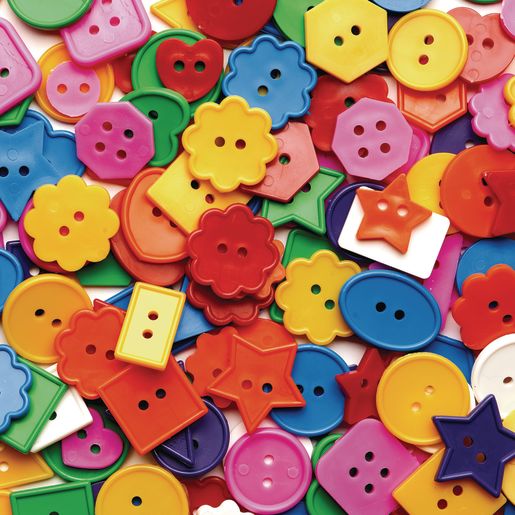
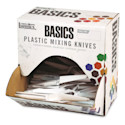
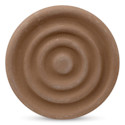
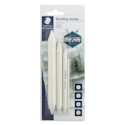
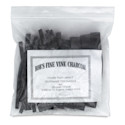
Reviews
There are no reviews yet.